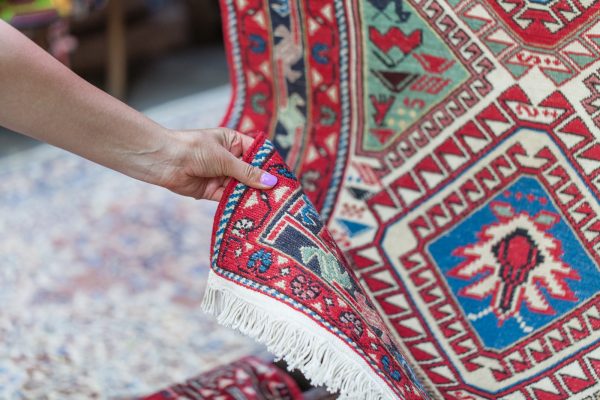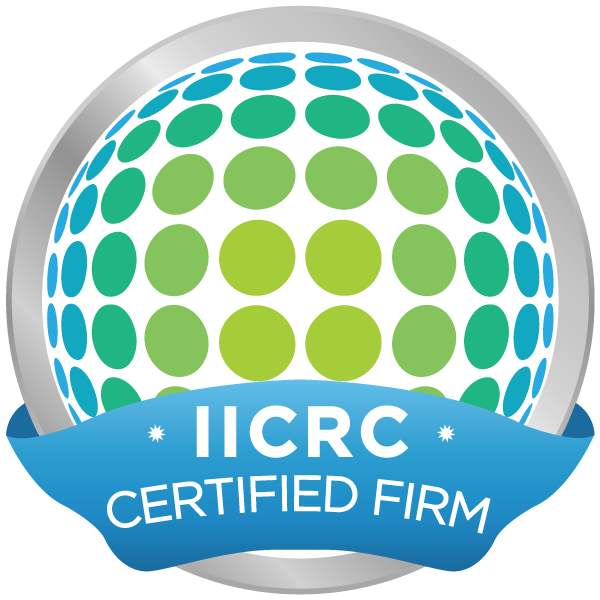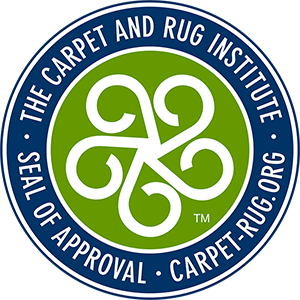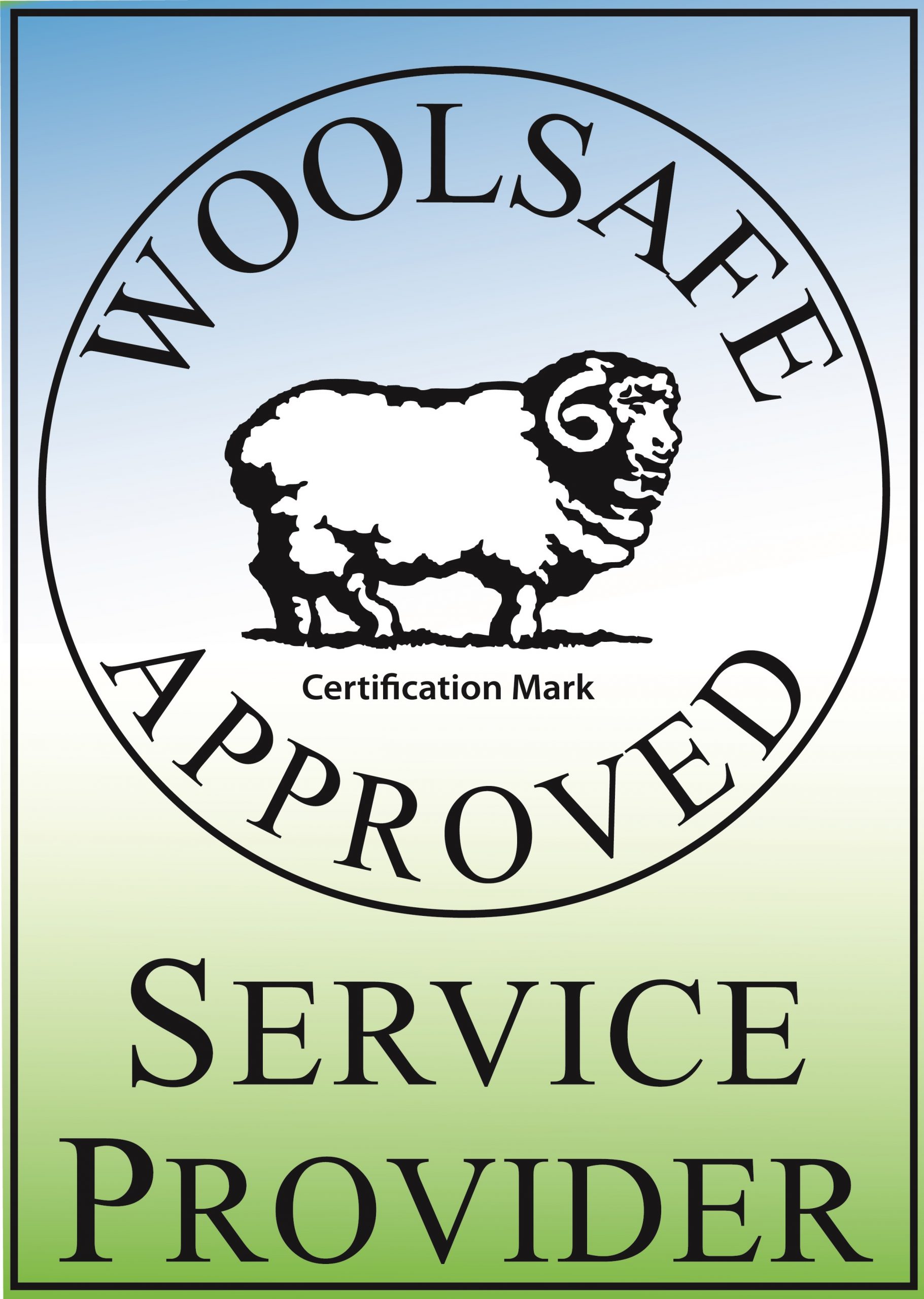
Oriental and Persian Area Rug Myths
As a leading Oriental and Persian rug cleaning, repair, and appraisal company serving clients throughout the United States, Oriental Rug Salon is often presented with “myths” from rug owners concerning the value of a rug. Often a client will purchase from a rug or furniture retailer and “think” they got a good deal because the rug was initially priced at, let’s say, $10,000, and the retailer is now offering 40% off. The $10K rug is now $6K; what a deal, right?
In many cases, the $6K price is more than the actual value of the rug. In a world of knots per square inch (KPSI), handwoven versus tufted, antique versus brand new, and Indian versus Persian, its easy for a rug buyer to be met with a sea of confusion as to the value of a rug, as well as how to care for it.
To help dispel some of these myths, one of the leading experts on Oriental rugs, Aaron Groseclose, President of MasterBlend Corp, provides insight into area rug valuations, cleaning, and more.
Rug Myth Number One
Oriental and Persian rugs are identified only by design. Design is only one component used to identify rugs. Construction, how the rug is put together, is the method used to identify all rugs. Look at the back to first determine if it is machine-made, hand-knotted, flat-weave, or some other specialty rug.
Rug Myth Number Two
All oriental rugs appreciate in value. Most post-World War II rugs do not appreciate in value, nor will most rugs purchased new today. Consumers most likely paid more for some rugs in the 60s and 70s than they are worth today. The 90 line 9 x 12 Chinese rugs purchased in the early 1980s for $4,000 can be found for under $1,000 today.
Rug Myth Number Three
All old rug rugs are worth a lot. The condition is most important when determining value. An old rug in poor condition is just an old rug. An old rug in good condition may also be without value if it lacks artistic merit. However, some old rugs are worth repairing, and their value will increase with proper restoration.
Rug Myth Number Four
Persian (Iranian) rugs are better than rugs from other countries. Some older, traditional Persian rugs pre-WWII, such as Ferahan Sarouk, Motashem Kaskan, Tabriz, Bijar, Heriz, certain tribal pieces, and other well-constructed semi-antiques will always have a market in the right condition. Since the fall of the Shah in 1979 and the embargo on Persian goods in 1987 (which was lifted in March 1999), other countries have improved and increased their output of rugs. The quality of Persian rugs since the early 1970s has gradually deteriorated. There are certain notable exceptions, and time will tell if the overall quality returns.
Rug Myth Number Five
Never vacuum Oriental or Persian rugs. About 80 percent of soil in rugs is dry particulate matter. It acts as sandpaper and wears the rug. Some rugs have a thick pile, and if they are not regularly vacuumed and cleaned, the soil will become so embedded that it becomes difficult to remove all of it. It would be best to vacuum parallel to the rug end so as not to damage the fringe.
Rug Myth Number Six
Knot count is the best indication of value. Knot count partially determines the value of only a few traditional Persian rugs. Examples are Nain and Isfahan. The value of silk rugs is also partly based on knot count. New, mass-produced rugs from China, India, and Pakistan come in various qualities and designs. Generally speaking, the more knots per square inch, the higher the price per square foot. However, once these mass-produced rugs are used, their value in the secondary market is not based on knot count.
Rug Myth Number Seven
Oriental rugs should never be wet cleaned. A well-constructed oriental rug can undoubtedly be wet cleaned after a pre-cleaning inspection, including a colorfastness test. What should be avoided is cleaning rugs in the customer’s home unless there are extenuating circumstances such as size, weight, furniture, etc. The Oriental Rug Importers of America recommends that hand-made rugs be cleaned every 2 to 4 years, based on traffic, spills, pets, and the indoor environment.
Our appraisal department also reminds clients to never have their cherished area rug cleaned by a “carpet cleaning” company and here’s why.
Rug Myth Number Eight
Oriental rugs should never have a protector applied. This idea that somehow a fluorochemical will devalue a rug is just a plain old myth. I protect my rugs against the chance that someone will spill a beverage. Rug protectors do not make them bulletproof but allow blotting up of spills to be much more effective and can prevent spots from becoming stains.
Rug Myth Number Nine
Rug pad is a waste of money. Rug pad provides a protective layer between the rug and the floor. It helps minimize slippage, increases the rug’s life, makes the rug feel thicker and more luxurious, smoothes out irregularities in the floor, and absorbs noise. All pads are not created equal. The best pads for hardwood and tile floors have a layer of synthetic felted material with rubber coating on the backside.
Rug Myth Number Ten
Silk rugs are a great floor covering. Silk rugs (or most anything silk) are expensive. Silk rugs are not practical to use on the floor. They are not as durable, and because certain manufacturers use poor quality silk and dyes, they cannot be cleaned as invasively as good wool rugs. Once they become quite soiled, it is difficult to restore them to their original appearance. Though they can be beautiful, they are best used as a wall decoration.
Oriental Rug Salon is a Certified Partner with the prestigious Institute of Inspection, Cleaning and Restoration Certification (IICRC), the International Carpet & Rug Institute (CRI), and a Certified Wool Safe Service Provider. We can clean any wool, silk, or other textile types, including animal hides. We also offer complete service repair, including fringe replacement, area rug storage, pet urine treatments for wool and silk area rugs, and appraisals.
For more information about Oriental Rug Salon, please visit us online at www.OrientalRugSalon.com or “call us on the carpet” any time at 239-424-8171. We offer FREE pick-up and delivery for most rugs throughout Lee, Collier, and Charlotte County, Florida, and accept rugs from around the United States.
You can also visit us on our Facebook Page at: https://www.facebook.com/OrientalRugSalon



